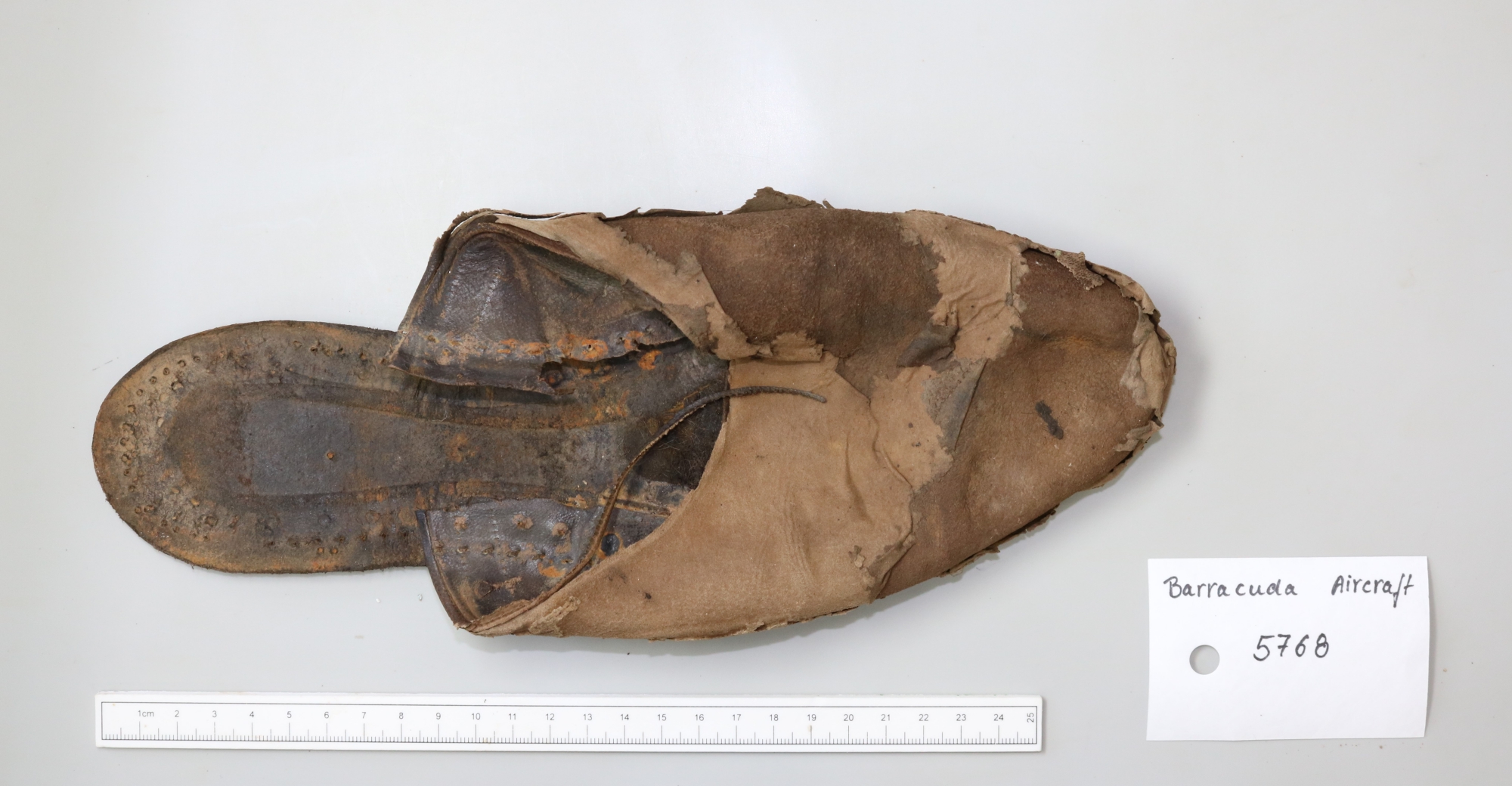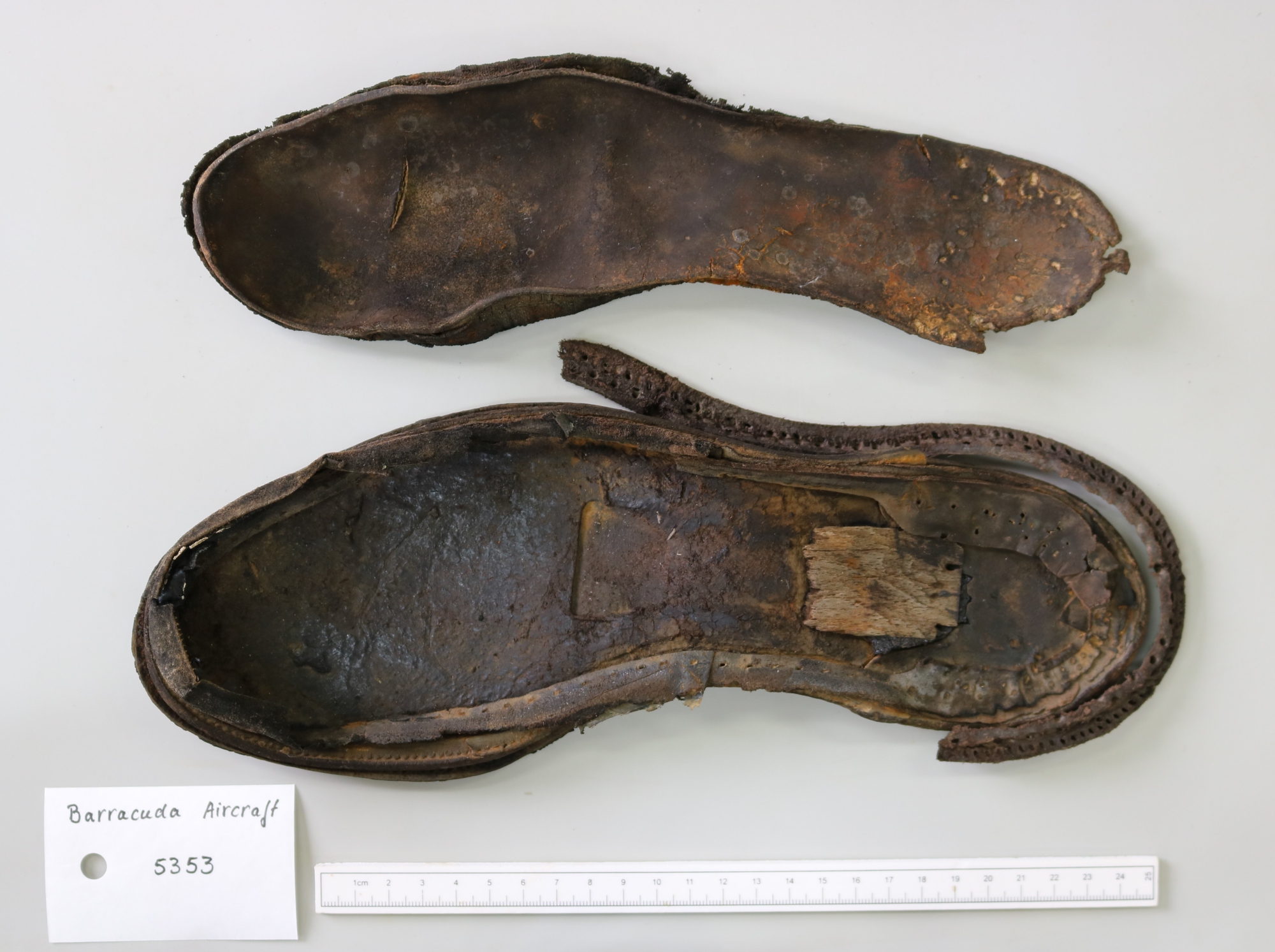The Save our skins! Archaeological Leather – Research and Conservation conference took place on 27th June 2023 , and marked the first joint event between the Icon Archaeology Group and the Archaeological Leather Group, to discuss all things skins!
The conference adopted (the ever popular) hybrid approach to attendance, with in-person attendees gathering at the Museum of London’s Resource Centre. This was the first in-person event I have attended post-pandemic, so it was great to catch up with familiar faces, meet many new ones, and engage in some thought provoking conversations throughout the day. The benefits of offering online attendance were also evident with over 100 people tuning in from across the UK, Europe, Canada and America, and actively participating in the Q&A sessions - credit here should be given to Luisa Duarte and Riva Boutylkova for managing the technical side of things with few hiccups.
There were 10 talks throughout the day and 2 shorter poster-style presentations. These were arranged into 4 sessions which were loosely organised by subject type, providing a logical progression throughout the day.
Session 1 included 3 talks focused on leather production. Jackie Keily started off the day in the local vicinity discussing London’s medieval leather trades using archaeological and documentary evidence gathered over the past 60 years to pitch the ebb and flow of leather production and related industries through the City and beyond. Being a Londoner myself, it was great to learn more about the origin and histories behind many familiar landmarks.

The second talk took us to prehistoric Sweden where Stella Carlson discussed leather finds from a boat grave at Valsgarde in Uppland. Stella presented the results of analysis by Zooarchaeology by Mass Spectrometry (ZooMS) analysis on different leather objects which highlighted preferences for specific species of skins in the manufacture of certain objects.
Our final talk of this session was by Lucy-Anne Skinner, whose presentation focused on stola (or ‘mummy braces’) that have been found placed across the chest of mummies from the Third Intermediate period in Egypt (1069-664 BC). Lucy introduced us to a systematic method of species identification developed as part of her PhD which uses standardised quadrants to assess follicle hole density and provide information on breed and age of the animal. With Lucy’s research this technique, alongside ZooMS identified the prominent use of gazelle skin for these decorative items. It is an easy and cost-effective technique to obtain nuanced species information which will definitely have application in my own work, and I’m sure many others. Both Stella’s and Lucy’s talks demonstrated the huge potential for the application of ZooMS with skin materials, and its relative accessibility.

After the break, session 2 included two talks that focused on material analysis. The first one, presented by Angela Middleton and Diana Davis, on behalf of a collaborative team from Historic England and the National Museum of the Royal Navy, focused on paint remains on leather from an extremely rare example of a Barracuda aircraft. Using FTIR and XRF analysis of the paint sample (and some sharp detective work), the team were able to identify the original manufactures of the aircraft and aid in identifying the pilot and crew on board whenthe plane crashed. Discussions after the talk further delved into the complex ethical considerations associated with such findings which was particularly interesting.
Our final talk before lunch was presented by Lu Allington-Jones and Ranbir Bailey from the Natural History Museum, London, who discussed conservation considerations in the context of a museum collection which simultaneously acts as a living specimen archive. We learnt about how DNA analysis was used on taxidermy specimens to identify high and low impact techniques for the treatment of fat burn, and how this now plays a key factor in the conservation decision making process. Ranbir, the Molecular Biology Lab Manager emphasised the need to re-test established treatments as new analytical techniques become available, a plug conservators from all specialisms could surely relate to.
After a delicious lunch, and a look at some beautiful examples of archaeological leather finds from recent excavations in London, our third session continued with 3 talks focused loosely around condition and treatment assessments. The first talk by Eliza Jacobi discussed a collection of Roman archaeological leather from Valkenburg in the Netherlands. The collection has been largely neglected in terms of research and conservation; most of it now brittle, unrecognisable, and inaccessible for study. Eliza shared the results of a pilot project which identified a suitable method for humidification and reshaping, which has allowed for identification of some of the leather. Future efforts look promising in imparting new life into the collection and making it accessible. I look forward to following this as the project proceeds.

The second talk in this session was by Rosa Fitt-Conway and Elsa Price who discussed an ongoing project at Tullie House Museum and Art Gallery to catalogue and condition survey their vast leather collection from sites along Hadrian’s wall. The speakers reflected on several challenges they have faced over the project such as inadequate storage conditions, but reported overall success in their approach to date, and thankfully the realisation that most of the leather isn’t in as poor a condition as originally thought! Much of the work has been carried out by a dedicated group of volunteers, which was illustrated in the sheer amount of finds the team have managed to assess within a short time frame.
For the final talk of this session, we re-visited the Natural History Museum, London, to look at remedial treatments used on the taxidermy collection. Through several case studies Efstratia Verveniotou, Arianna Bernucci and Lauren Burleson, demonstrated a range of fun and innovative methods of fur replication which I look forward to playing around with in the studio. Post talk questions about the future impact on analysis of such treatments tied in nicely with themes explored by their colleagues earlier in the day.
There were two additional short presentations before the afternoon break; one by Dr David Nicolle on military artefacts from Damascus. His talk really brought home the extreme difficulties faced by conservators working in war zones, and the amazing effort that continues to be carried out. The other by Scarlet Crow discussed the conservation treatment of a leather book cover from HMS Gloucester, which was wrecked in 1682. The talk was accompanied by an illustrated poster which was read and discussed further over a cup of coffee and biscuits.
The final session of the day included two treatment-based talks. The first by Lydia Messerschmidt addressed a topic which I’m sure many people in the audience could relate to – the impact of previous conservation treatments on archaeological leather. Whilst negative impacts were identified, Lydia presented a successful re-treatment which greatly improved the condition and readability of the objects.
The final talk of the day came to us from America (via video). Melissa Allen presented a collaborative project on the conservation of leather shoes from a Civil War submarine, including the impressive work to lift the submarine intact and subsequent excavation of the sediment filled interior to extract the leather and other finds. The highlight for me from this talk was the sheer scale of the project; currently spanning 23 years, with work ongoing.
Overall, I thought the day was a great success! The thing that stood out most for me was the impressive range of topics covered, which beautifully illustrated the broadness of topic – there really was something for everyone. Talks were kept to 20 minutes each, which allowed enough time to delve into the interesting parts of each topic whilst avoiding listener fatigue. The programme chairs, Yvette Fletcher in the morning (previous chair of the Archaeological Leather Group), and Helen Ganiaris in the afternoon (chair of Icon Archaeology Group), did extremely well at keeping to the programme timings, and active engagement by the audience in the Q&A sessions really added a dynamic element to the day. I hope this was the first of many more collaborative projects to come between the two groups.
Recordings of all presentations will be available on Icon’s YouTube channel later in the year.
